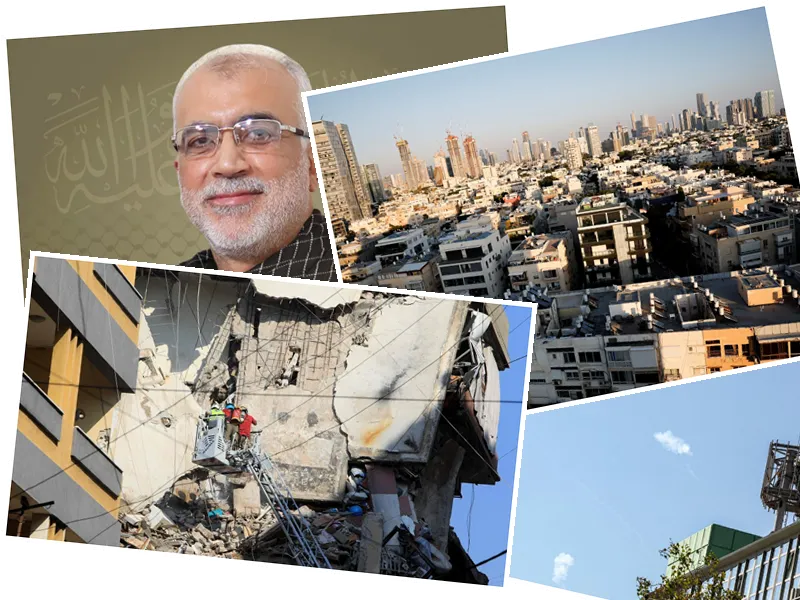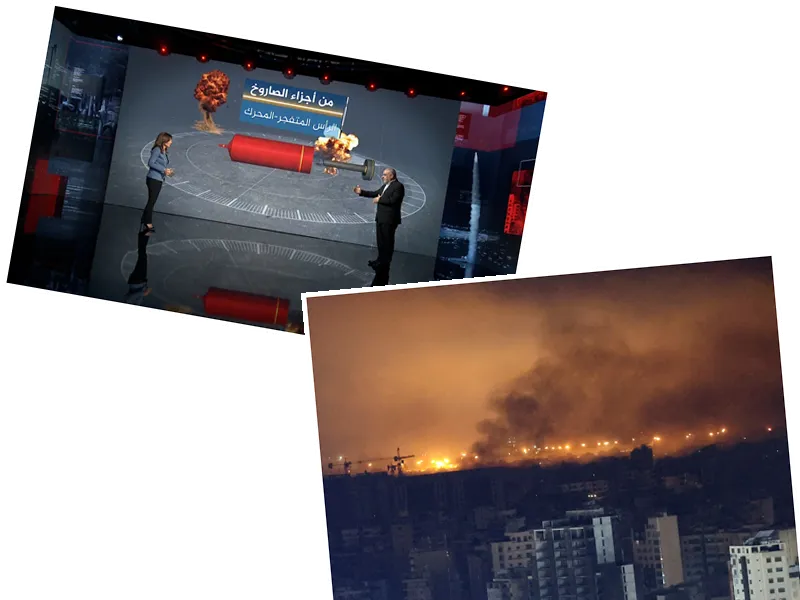Hezbollah's 'Abu Camera' missile represents a shift in military engagement by combining technology with psychological warfare.
The effectiveness of social media in disseminating military footage highlights the changing dynamics of modern warfare.
The cost and effectiveness of military technology in the Arab world raises questions about defense spending and procurement strategies.
The use of advanced military technology like the 'Abu Camera' missile may encourage other groups to adopt similar tactics in future conflicts.
Increased visibility of military operations through social media could lead to heightened psychological warfare between opposing forces.
Potential shifts in military procurement strategies among Arab nations may occur as they reassess the effectiveness of current weaponry in light of recent conflicts.
Hezbollah's 'Abu Camera' Missile: A New Era in Military Media
Since Israel's invasion of the Gaza Strip over a year ago, the conflict has escalated beyond traditional warfare, evolving into a significant media battle. The Palestinian resistance, particularly the Izz ad-Din al-Qassam Brigades of Hamas, has utilized innovative tactics, such as the 'inverted red triangle' symbol to mark their targets. However, Hezbollah, the Lebanese militant group, has also made headlines with its own unique military media approach, particularly through its missile known as the 'Abu Camera.' This missile is equipped with a camera that captures the final moments of Israeli soldiers before they are struck.
The 'Abu Camera' missile has gained notoriety on social media, with users dubbing it a 'legend' for its ability to document the last moments of life for its targets. Observers have noted that Hezbollah's military media has begun to release clips showcasing the missile's precision as it targets gatherings of Israeli troops, likening its descent to that of a bird of prey. These visuals not only serve as a psychological tactic but also highlight the effectiveness of Hezbollah's military capabilities.
The Impact of Social Media on Warfare
Social media has played a pivotal role in amplifying the reach of Hezbollah's military media. Activists and commentators have pointed out that the footage shared online spreads fear among Israeli forces, as they witness the last seconds of their comrades' lives captured on camera. The missile's accuracy has been emphasized, with some users claiming that it can effectively penetrate armored vehicles, raising concerns about the evolving landscape of warfare in the region.
Interestingly, the cost-effectiveness of the 'Abu Camera' missile has also been a topic of discussion. Some analysts have suggested that if such technology were developed by Western nations, it would be priced significantly higher, highlighting a potential disparity in military spending and effectiveness in the Arab world. This has led to calls for a reassessment of weapon purchases in light of recent conflicts, particularly regarding drones and similar technologies that have proven effective against Israeli forces.
Hezbollah's Continued Presence on the Ground
Despite ongoing conflicts, Hezbollah appears to maintain a strong foothold in the region, continuing to engage Israeli forces and inflict casualties. Reports indicate that the group is effectively utilizing its advanced weaponry, including the 'Abu Camera' missile and possibly the Almas missile, to target Israeli armored vehicles and personnel carriers. As the situation unfolds, the implications of Hezbollah's military strategies and media tactics will likely continue to shape the narrative of the conflict in the Middle East.





